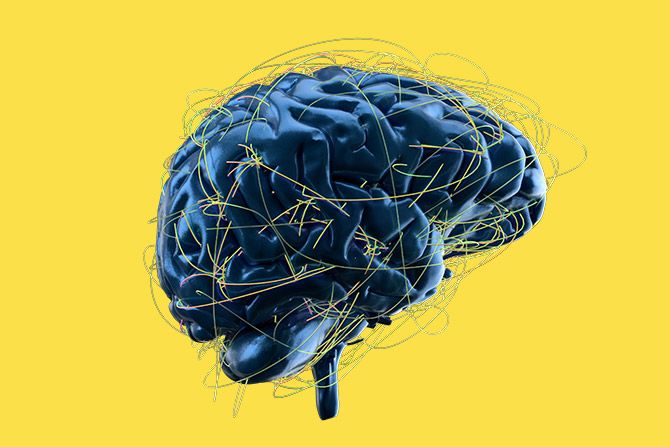In the digital battlefield of cybersecurity, our most unpredictable adversary doesn’t lurk in the shadows of the internet. It’s chilling in our heads. I’m talking about our frontal lobe. It’s the mastermind behind our daily routines and, unfortunately, our cybersecurity lapses.
The Brain’s Betrayal
Our frontal lobe is a marvel, managing everything from deciding to eat that last slice of pizza to automating mundane tasks like checking emails. This efficiency is great until it’s not — especially when “not” means letting down our cyber guard due to complacency.
Complacency
Consider the aftermath of an internal phishing drill. Initially, the office is buzzing. Everyone’s double-checking emails, and IT’s inbox is overflowing with queries. Fast forward a few months, and that vigilance has vanished faster than donuts in the break room. The culprit? It’s not laziness. It’s a good old human habit, courtesy of our frontal lobes getting too comfy.
A Call to Arms
How do we combat this? The answer is continuous, engaging education. Beyond the annual security training, we need to keep the conversation going. We need to be highlighting new threats, sharing best practices and revisiting our incident response plans. It’s about keeping everyone on their toes.
Recognition and Engagement
Acknowledgment plays a crucial role in keeping complacency at bay. Recognizing individuals who maintain a high level of cyber-awareness can have a ripple effect across the organization. Gamification of security practices, such as awarding badges or other forms of recognition for vigilance against phishing, can foster a culture of continuous learning and alertness.
Leadership Matters
Ultimately, the battle against complacency starts at the top. I don’t mean with the usual “Cybersecurity is important” spiel, but with genuine engagement. Imagine the CEO dropping by a meeting just to share the latest in password protection. Leadership needs to talk about it, show they care and make it a visible part of our daily work life. It’s about keeping the conversation alive and kicking.
Conclusion: Vigilance is Key
Our brains are incredible. But when it comes to cybersecurity, they can be a bit too laid-back for our good. Combating complacency requires a mix of continuous education, a sprinkle of competition, and leadership that doesn’t shy away from making security a regular discussion point.
Let’s keep our digital defenses active and stay one step ahead of both hackers and our own comfort-seeking brains!








